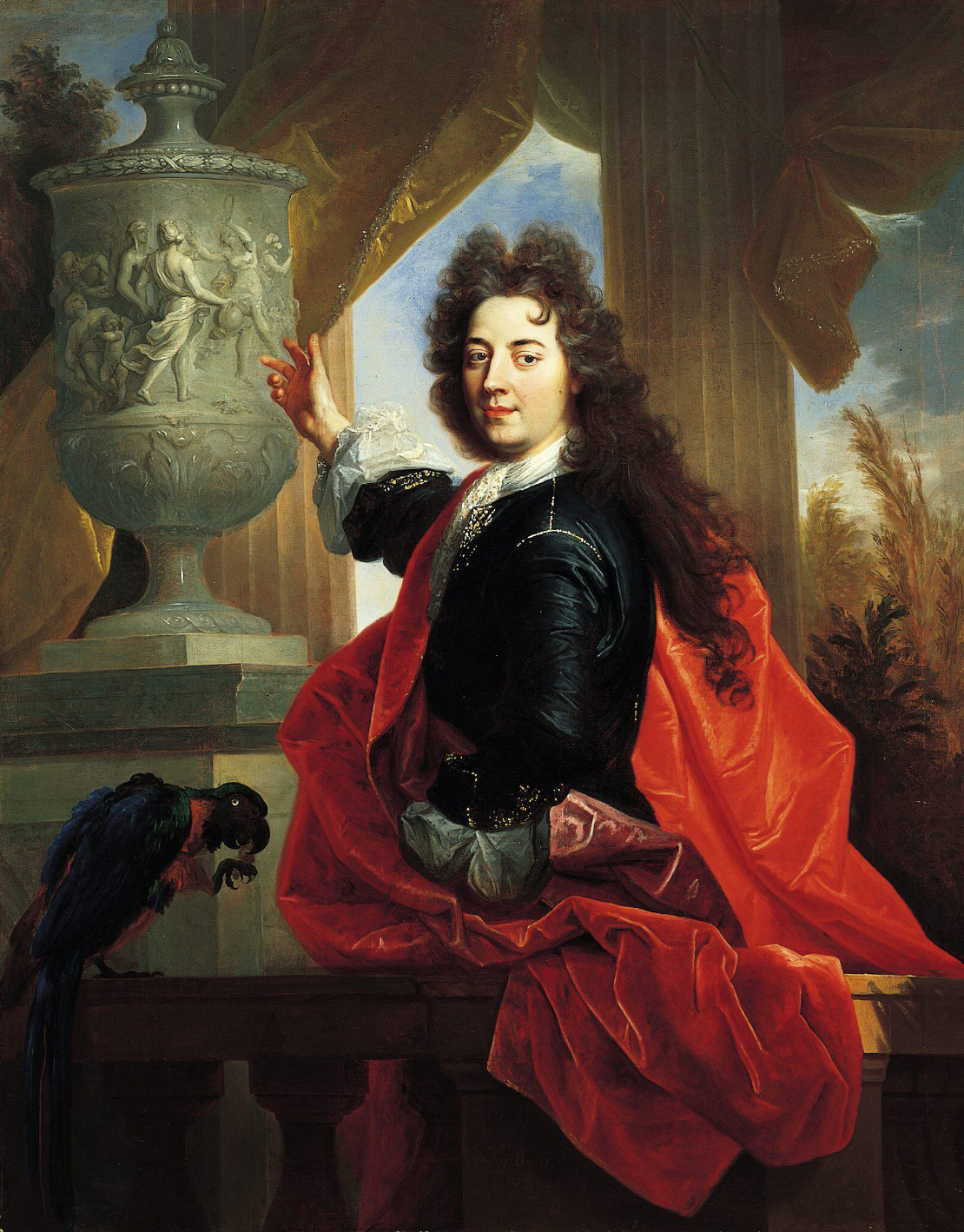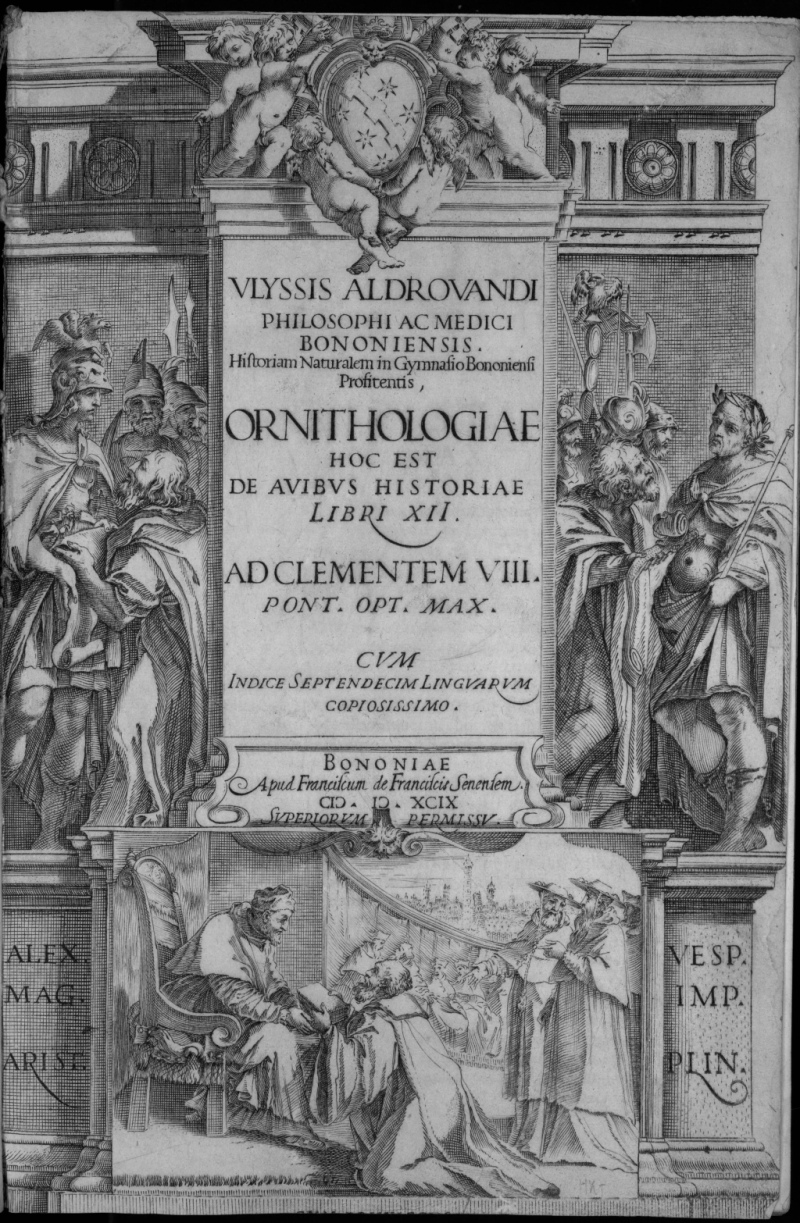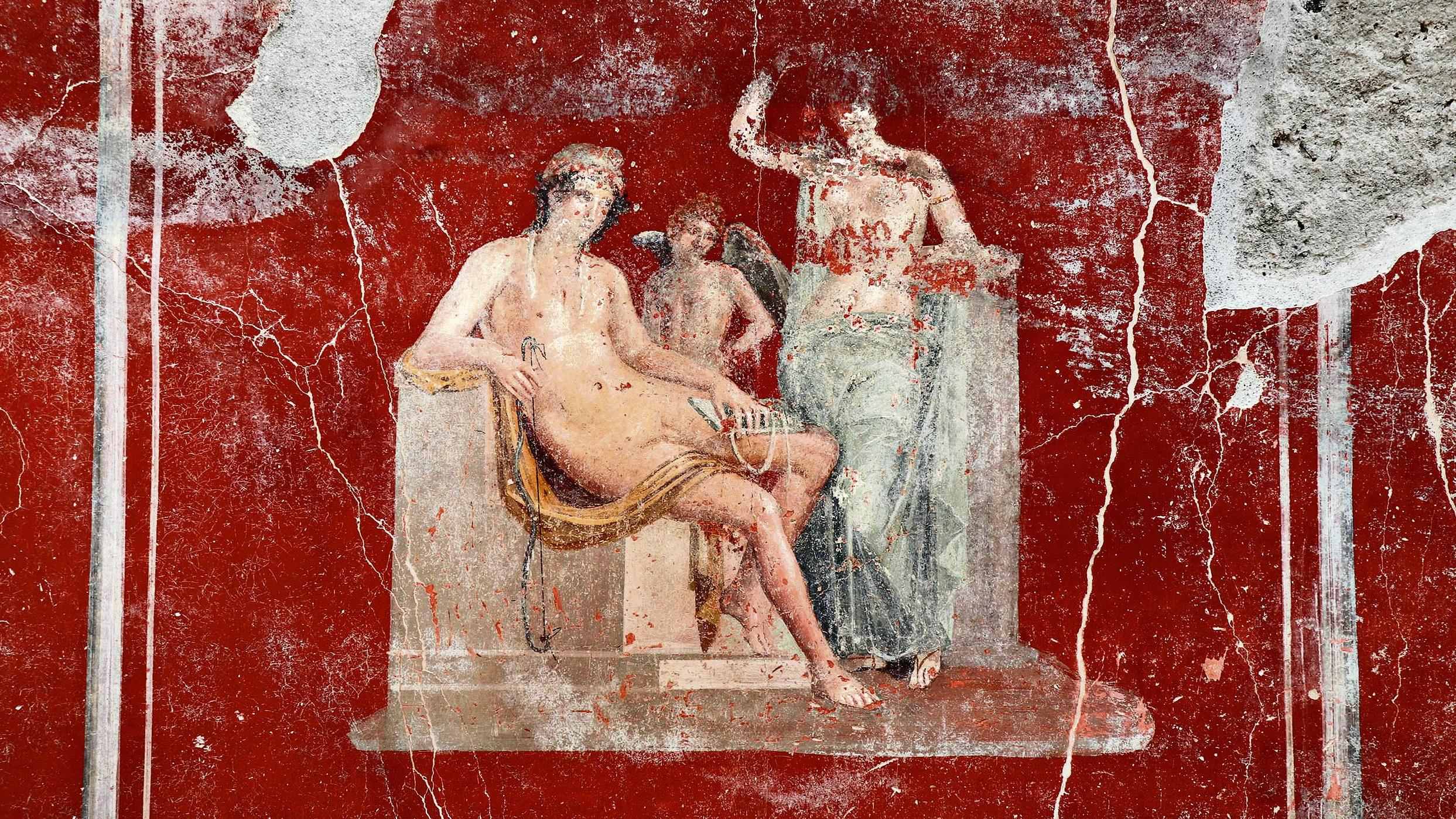|
Meleager Of Skopas
The ''Meleager'' of Skopas is a lost bronze sculpture of the Greek hero Meleager – host of the Calydonian boar hunt – that is associated in modern times with the fourth century BC architect and sculptor Skopas of Paros. History In myth, the hunt of the Calydonian boar was supposed to be an initiatory event for Meleager, though it ends in his death, as well as his uncles' deaths. The sculpture escaped mention in any classical writer. It is judged to have been a late work in the sculptor's career, but it is known only through a number of copies that vary in quality and in fidelity to the original, which show it to have been one of the famous sculptures of antiquity: "the popularity of the Meleager during Roman times was certainly great," notes Brunilde Sismondo Ridgway, who reports Andrew F. Stewart's count of 13 statues, 4 torsos, 19 heads (which are similar enough to the Ludovisi Ares to raise confusions) busts and herms, a variant with changed stance and attributes, and ... [...More Info...] [...Related Items...] OR: [Wikipedia] [Google] [Baidu] |
Meleager Pio-Clementino Inv490
In Greek mythology, Meleager (, grc-gre, Μελέαγρος, Meléagros) was a hero venerated in his ''temenos'' at Calydon in Aetolia. He was already famed as the host of the Calydonian boar hunt in the epic tradition that was reworked by Homer. Meleager is also mentioned as one of the Argonauts. Biography Meleager was a Calydonian prince as the son of Althaea and the vintner King OeneusAntoninus Liberalis2as cited in Nicander's ''Metamorphoses'' or according to some, of the god Ares. He was the brother of Deianeira, Toxeus, Clymenus, Periphas, Agelaus (or Ageleus), Thyreus (or Phereus or Pheres), Gorge, Eurymede and Melanippe. Meleager was the father of Parthenopeus by Atalanta but he married Cleopatra, daughter of Idas and Marpessa. They had a daughter, Polydora, who became the bride of Protesilaus, who left her bed on their wedding-night to join the expedition to Troy. Mythology Calydonian boar hunt When Meleager was born, the Moirai (the Fates) predicted he ... [...More Info...] [...Related Items...] OR: [Wikipedia] [Google] [Baidu] |
Cornelius Vermeule
Cornelius Clarkson Vermeule III (August 10, 1925 – November 27, 2008) was an American scholar of ancient art and curator of classical art at the Museum of Fine Arts, Boston, from 1957 to 1996. He was also well known as a numismatist. He also used the pseudonyms Wentworth Bunsen, Isao Tsukinabe and Northwold Nuffler. Biography He was born in Orange, New Jersey, on August 10, 1925, to Cornelius Clarkson Vermeule II. Vermeule entered Harvard University in 1943, in the same year as his father's suicide and the continued escalation of World War II prompted him to join the United States Army. Vermeule married the archaeologist Emily Dickinson Townsend in 1957. Emily Vermeule was a classical scholar and the Doris Zemurray Stone Professor at Harvard University. He is the father of Emily Dickinson Blake "Blakey" Vermeule, a professor of English at Stanford University and Adrian Vermeule, a law professor at Harvard Law School. In the Army he studied Japanese and was sent to the P ... [...More Info...] [...Related Items...] OR: [Wikipedia] [Google] [Baidu] |
Antikensammlung Berlin
The Antikensammlung Berlin (Berlin antiquities collection) is one of the most important collections of classical art in the world, now held in the Altes Museum and Pergamon Museum in Berlin, Germany. It contains thousands of ancient archaeological artefacts from the ancient Greek, Roman, Etruscan and Cypriot civilizations. Its main attraction is the Pergamon Altar and Greek and Roman architectural elements from Priene, Magnesia, Baalbek and Falerii. In addition, the collection includes a large number of ancient sculptures, vases, terracottas, bronzes, sarcophagi, engraved gems and metalwork. History of the collection Foundation The collection's foundations were laid in the time of the Brandenburg Elector Friedrich Wilhelm I by ancient sculptures looted in 1656 from the ''Villa Regia'' Palace in Warsaw. The obtained sculptures were purchased in Italy by Polish kings Sigismund III Vasa and Władysław IV Vasa. This core of the collection, originally housed at the Berlin City ... [...More Info...] [...Related Items...] OR: [Wikipedia] [Google] [Baidu] |
Treaty Of Tolentino
{{unreferenced, date=June 2018 The Treaty of Tolentino was a peace treaty between Revolutionary France and the Papal States, signed on 19 February 1797 and imposing terms of surrender on the Papal side. The signatories for France were the French Directory's Ambassador to the Holy See, François Cacault, and the rising General Napoleon Bonaparte and opposite them four representatives of Pope Pius VI, Pius VI's Curia. It was part of the events following the invasion of Italy in the early stages of the French Revolutionary Wars. Having defeated the Austrians at the Siege of Mantua (1796–1797), Battle of Mantua, at the Arcola Bridge and in the Battle of Rivoli, Napoleon had no more enemies in northern Italy and was able to devote himself to the Papal States. Following nine months of negotiations between France and the Papal States, in February 1797 9,000 French soldiers invaded the Papal Romagna Region, leaving the Pope no choice but to accept the French terms. Terms The treaty ad ... [...More Info...] [...Related Items...] OR: [Wikipedia] [Google] [Baidu] |
Pope Clement XIV
Pope Clement XIV ( la, Clemens XIV; it, Clemente XIV; 31 October 1705 – 22 September 1774), born Giovanni Vincenzo Antonio Ganganelli, was head of the Catholic Church and ruler of the Papal States from 19 May 1769 to his death in September 1774. At the time of his election, he was the only Franciscan friar in the College of Cardinals, having been a member of OFM Conventual. To date, he is the last pope to take the pontifical name of "Clement" upon his election. During his pontificate, Clement decreed the suppression of the Society of Jesus. Early life Ganganelli was born in Santarcangelo di Romagna in 1705 as the second child of Lorenzo Ganganelli and Angela Serafina Maria Mazza. He received the sacrament of baptism on 2 November 1705. He initially studied at Verucchio but later received his education from the Society of Jesus at Rimini from 1717. He also studied with the Piarists of Urbino. Ganganelli entered the Order of Friars Minor Conventual on 15 May 1723 in F ... [...More Info...] [...Related Items...] OR: [Wikipedia] [Google] [Baidu] |
Château De Marly
The Château de Marly was a French royal residence located in what is now Marly-le-Roi, the commune on the northern edge of the royal park. This was situated west of the palace and garden complex at Versailles. Marly-le-Roi is the town that developed to serve the château, which was demolished in 1806 after passing into private ownership and being used as a factory. The town is now a bedroom community for Paris. At the Château of Marly, Louis XIV of France escaped from the formal rigors he was constructing at Versailles. Small rooms meant less company, and simplified protocol; courtiers, who fought among themselves for invitations to Marly, were housed in a revolutionary design of twelve pavilions built in matching pairs flanking the central sheets of water, which were fed one from the other by formalized cascades (''illustration, right''). After the French Revolution, about 1800, the chateau was sold to a private owner. He demolished it in 1806 after his factory there failed. T ... [...More Info...] [...Related Items...] OR: [Wikipedia] [Google] [Baidu] |
Louis XIV Of France
, house = Bourbon , father = Louis XIII , mother = Anne of Austria , birth_date = , birth_place = Château de Saint-Germain-en-Laye, Saint-Germain-en-Laye, France , death_date = , death_place = Palace of Versailles, Versailles, France , burial_date = 9 September 1715 , burial_place = Basilica of Saint-Denis , religion = Catholicism (Gallican Rite) , signature = Louis XIV Signature.svg Louis XIV (Louis Dieudonné; 5 September 16381 September 1715), also known as Louis the Great () or the Sun King (), was King of France from 14 May 1643 until his death in 1715. His reign of 72 years and 110 days is the longest of any sovereign in history whose date is verifiable. Although Louis XIV's France was emblematic of the age of absolutism in Europe, the King surrounded himself with a variety of significant political, military, and cultural figures, such as Bossuet, Colbert, Le Brun, Le Nôtre, Lully, Mazarin, Molière, Racine, Turenne, a ... [...More Info...] [...Related Items...] OR: [Wikipedia] [Google] [Baidu] |
Pierre Lepautre (1659-1744)
Pierre Lepautre (4 March 1659 – 22 January 1744) was a French sculptor, a member of a prolific family of artists in many media, who were active in the 17th and 18th centuries. He was born and died in Paris. He won the Prix de Rome, for study at the French Academy in Rome, where he was a ''pensionnaire from 1683 to 1701. While in Rome he sent back to France a number of sculptures demonstrating his skill, among which were the ''Faune au chevreau'' of 1685, which went to ornament the gardens at Château de Marly. Lepautre returned to Paris in 1701. His ''Atalante'' (1704) was also destined for Marly. From 1705 to 1710, he was occupied with decorative bas-reliefs and sculptures for the royal chapel of Versailles, under the artistic supervision of Jules Hardouin-Mansart: his are the colossal statues of ''Saint Ambrose'' and ''Saint Gregory''. A retable in the form of a monumental gateway in the église de Saint-Eustache, Paris, illustrates the assumption of Saint Agnes. His compl ... [...More Info...] [...Related Items...] OR: [Wikipedia] [Google] [Baidu] |
Palazzo Farnese
Palazzo Farnese () or Farnese Palace is one of the most important High Renaissance List of palaces in Italy#Rome, palaces in Rome. Owned by the Italian Republic, it was given to the French government in 1936 for a period of 99 years, and currently serves as the French embassy in Italy. First designed in 1517 for the House of Farnese, Farnese family, the building expanded in size and conception when Alessandro Farnese became Pope Paul III in 1534, to designs by Antonio da Sangallo the Younger. Its building history involved some of the most prominent Italian architects of the 16th century, including Michelangelo, Jacopo Barozzi da Vignola and Giacomo della Porta. At the end of the 16th century, the important fresco cycle of The Loves of the Gods (Carracci), ''The Loves of the Gods'' in the Farnese Gallery was carried out by the Bolognese painter Annibale Carracci, marking the beginning of two divergent trends in painting during the 17th century, the Roman High Baroque and Clas ... [...More Info...] [...Related Items...] OR: [Wikipedia] [Google] [Baidu] |
Cortile Del Belvedere
The (Belvedere Courtyard or Belvedere Court) was a major architectural work of the High Renaissance at the Vatican Palace in Rome. Designed by Donato Bramante from 1505 onward, its concept and details reverberated in courtyard design, formalized piazzas and garden plans throughout Western Europe for centuries. Conceived as a single enclosed space, the long Belvedere court connected the Vatican Palace with the Villa Belvedere in a series of terraces connected by stairs, and was contained on its sides by narrow wings. Bramante did not see the work completed, and before the end of the sixteenth century it had been irretrievably altered by a building across the court, dividing it into two separate courtyards. Early history and Bramante's design Innocent VIII began construction of the Villa Belvedere on the high ground overlooking old St Peter's Basilica, in 1484. Here, where the breezes could tame the Roman summer, he had the Florentine architect Antonio del Pollaiuolo, design and co ... [...More Info...] [...Related Items...] OR: [Wikipedia] [Google] [Baidu] |
Ulisse Aldrovandi
Ulisse Aldrovandi (11 September 1522 – 4 May 1605) was an Italian naturalist, the moving force behind Bologna's botanical garden, one of the first in Europe. Carl Linnaeus and the comte de Buffon reckoned him the father of natural history studies. He is usually referred to, especially in older scientific literature in Latin, as Aldrovandus; his name in Italian is equally given as Aldroandi. Life Aldrovandi was born in Bologna to Teseo Aldrovandi and his wife, a noble but poor family. His father was a lawyer, and Secretary to the Senate of Bologna, but died when Ulisse was seven years old. His widowed mother wanted him to become a jurist. Initially he was sent to apprentice with merchants as a scribe for a short time when he was 14 years old, but after studying mathematics, Latin, law, and philosophy, initially at the University of Bologna, and then at the University of Padua in 1545, he became a notary. His interests successively extended to philosophy and logic, which he c ... [...More Info...] [...Related Items...] OR: [Wikipedia] [Google] [Baidu] |
Adonis
In Greek mythology, Adonis, ; derived from the Canaanite word ''ʼadōn'', meaning "lord". R. S. P. Beekes, ''Etymological Dictionary of Greek'', Brill, 2009, p. 23. was the mortal lover of the goddess Aphrodite. One day, Adonis was gored by a wild boar during a hunting trip and died in Aphrodite's arms as she wept. His blood mingled with her tears and became the anemone flower. Aphrodite declared the Adonia festival commemorating his tragic death, which was celebrated by women every year in midsummer. During this festival, Greek women would plant "gardens of Adonis", small pots containing fast-growing plants, which they would set on top of their houses in the hot sun. The plants would sprout, but soon wither and die. Then the women would mourn the death of Adonis, tearing their clothes and beating their breasts in a public display of grief. The Greeks considered Adonis's cult to be of Near Eastern origin. Adonis's name comes from a Canaanite word meaning "lord" and most mod ... [...More Info...] [...Related Items...] OR: [Wikipedia] [Google] [Baidu] |








